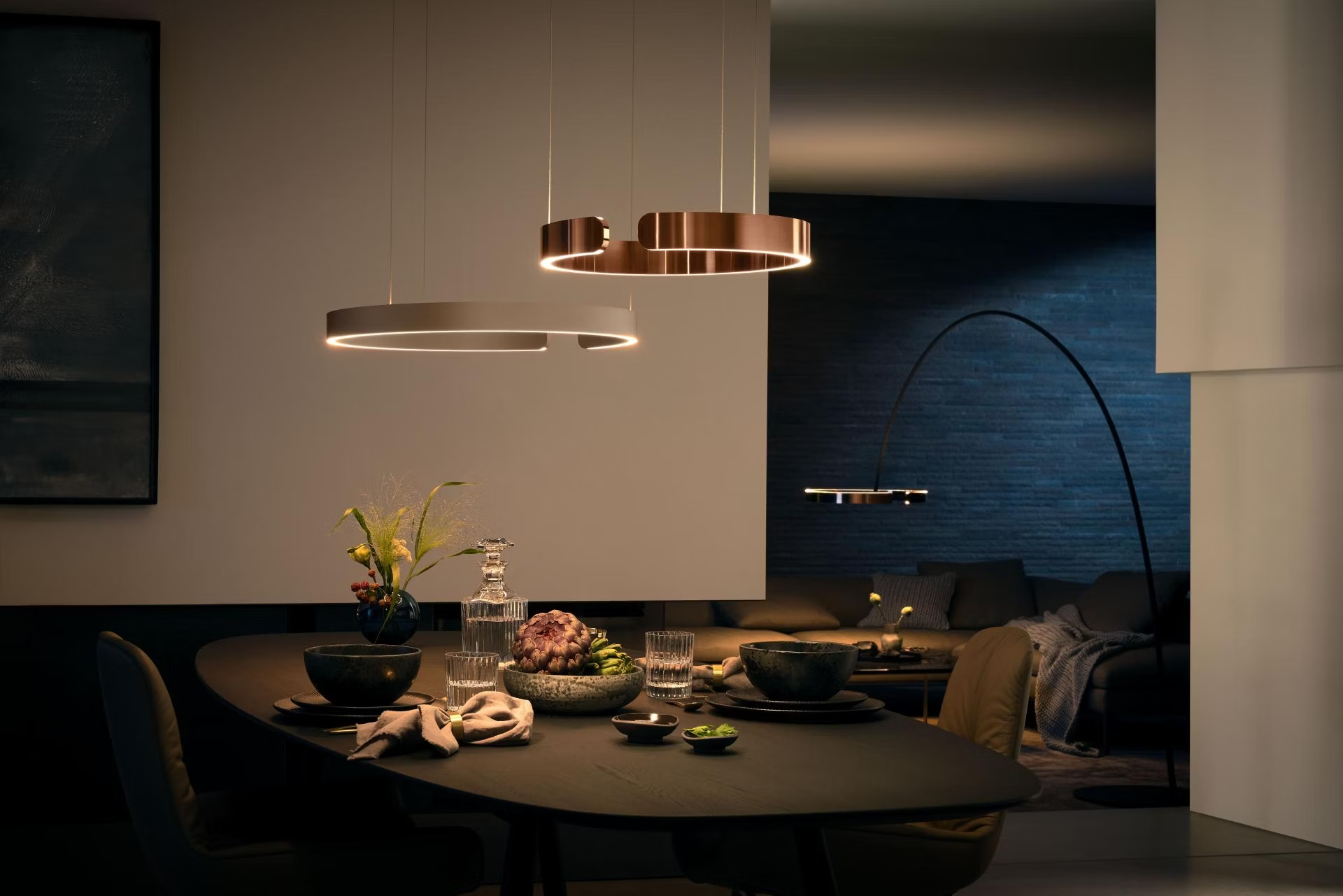Lighting is a fundamental aspect of interior design that often gets overlooked. However, it plays a crucial role in creating ambiance, highlighting architectural features, and even influencing the perceived size of a room. Without proper lighting, even the most exquisitely designed spaces can feel flat or uninviting.
When strategically applied, lighting enhances textures, colors, and the overall atmosphere, making a room come alive.
Interestingly, just like how smart ambiance matters in designing immersive casino and betting environments, lighting can completely shift how people feel and behave in a space—click hereto explore how lighting strategies are used across industries to boost engagement and decision-making.
Incorporating the right lighting can transform a mundane room into a vibrant, dynamic space. It can accentuate focal points, such as artwork or architectural details, which might otherwise go unnoticed.
Moreover, lighting can be used to create specific moods or highlight certain areas, allowing homeowners to tailor their environment to their lifestyle needs. For instance, a well-lit reading nook can provide a cozy escape, while dimmed lights in a dining area can create an intimate setting for gatherings.
The Psychology of Lighting: How It Affects Mood and Perception
Lighting doesn’t just impact the physical appearance of a space; it also has profound effects on the mood and psychological well-being of its inhabitants.
The right lighting can evoke feelings of warmth, calmness, and welcome, while poor lighting can lead to feelings of discomfort or even anxiety. Understanding the psychological implications of lighting is essential for creating environments that cater to the emotional needs of those who use them.
Different lighting levels and colors can influence emotions and perceptions. For instance, warm, soft lighting can create a relaxing and inviting atmosphere, often associated with comfort and coziness.
On the other hand, bright, cool lighting is energizing and can enhance focus, making it suitable for areas where tasks or productivity are prioritized, such as home offices or kitchens.
The psychological impact of lighting extends to the perception of space as well. A well-lit room can appear larger and more open, while shadows and insufficient lighting can make a space feel cramped or unwelcoming. By understanding these effects, individuals can use lighting to enhance not only the aesthetics but also the emotional and psychological experience of their environments.
Different Types of Lighting: Ambient, Task, and Accent

To achieve a well-rounded lighting scheme, it’s essential to understand the three main types of lighting: ambient, task, and accent. Each serves a unique purpose and contributes to the overall lighting design, ensuring both functionality and aesthetic appeal.
Ambient Lighting:
This is the primary source of light in a room, providing uniform illumination and setting the overall tone. It often comes from ceiling fixtures, wall-mounted lights, or natural sources like windows. Ambient lighting should be soft and diffuse, creating a comfortable level of brightness without glare.
Task Lighting:
As the name suggests, task lighting is focused on specific areas where activities take place, such as reading, cooking, or working. This type of lighting is more intense than ambient lighting and is directed to reduce eye strain and enhance visibility. Examples include desk lamps, under-cabinet lighting in kitchens, and vanity lights in bathrooms.
Accent Lighting:
Used to highlight certain features or objects within a room, accent lighting adds drama and interest. It can be used to draw attention to artwork, architectural features, or decorative items. Accent lighting is typically more focused and intense than ambient lighting, creating contrast and adding depth.
By combining these three types of lighting, one can create a balanced and versatile lighting design that caters to both practical needs and aesthetic desires.
Choosing the Right Lighting Fixtures for Your Space
Selecting the appropriate lighting fixtures is a pivotal step in the design process. The choice of fixtures can significantly impact the functionality and style of a room. With countless options available, from chandeliers and pendants to sconces and recessed lights, it’s crucial to choose fixtures that align with both the aesthetic and practical needs of the space.
When choosing fixtures, consider the size and scale of the room. Large fixtures can overwhelm a small space, while undersized ones may appear lost in larger areas.
It’s important to strike a balance, ensuring that the fixtures complement the room’s dimensions and contribute to its overall harmony. Additionally, the style of the fixture should align with the room’s decor, whether it’s modern, traditional, or eclectic.
Another consideration is the fixture’s purpose. For ambient lighting, ceiling-mounted fixtures like chandeliers or flush mounts are ideal. Task lighting requires more focused options like desk lamps or pendant lights over work surfaces.
Accent lighting, on the other hand, can be achieved with track lighting, picture lights, or spotlights. By carefully selecting fixtures based on their function and style, one can enhance the room’s design and usability.
Conclusion
Strategic lighting is a powerful tool in interior design, capable of transforming a space both aesthetically and functionally. By understanding the impact of lighting, incorporating different types and layers, and utilizing modern technology, individuals can create environments that are not only beautiful but also tailored to their needs and lifestyles.
Whether you’re redesigning a single room or an entire home, thoughtful lighting design can elevate your space, enhancing its ambiance, mood, and usability. By taking the time to consider the various aspects of lighting, from fixture selection to color temperature, you can ensure that your home is both inviting and efficient.

